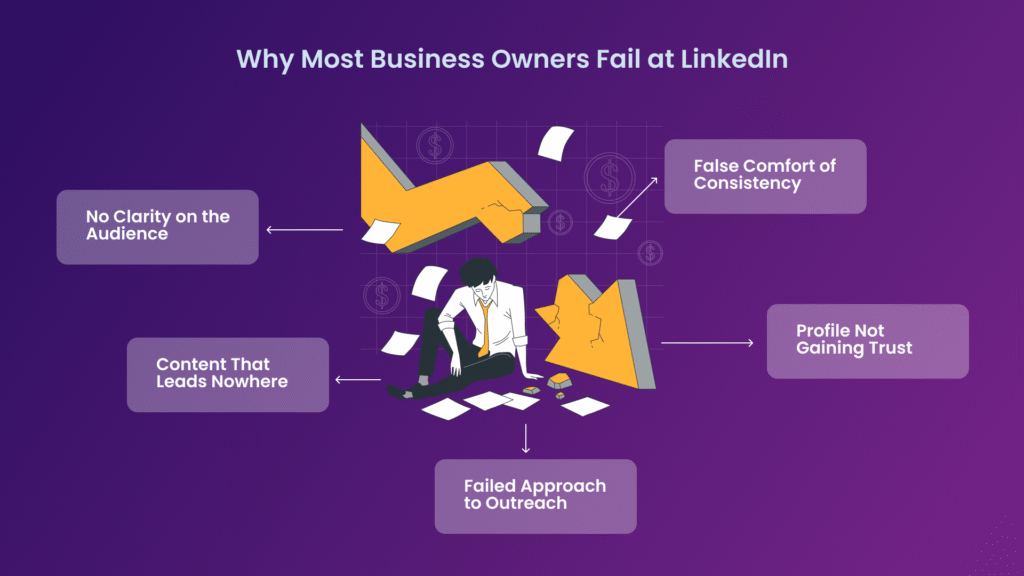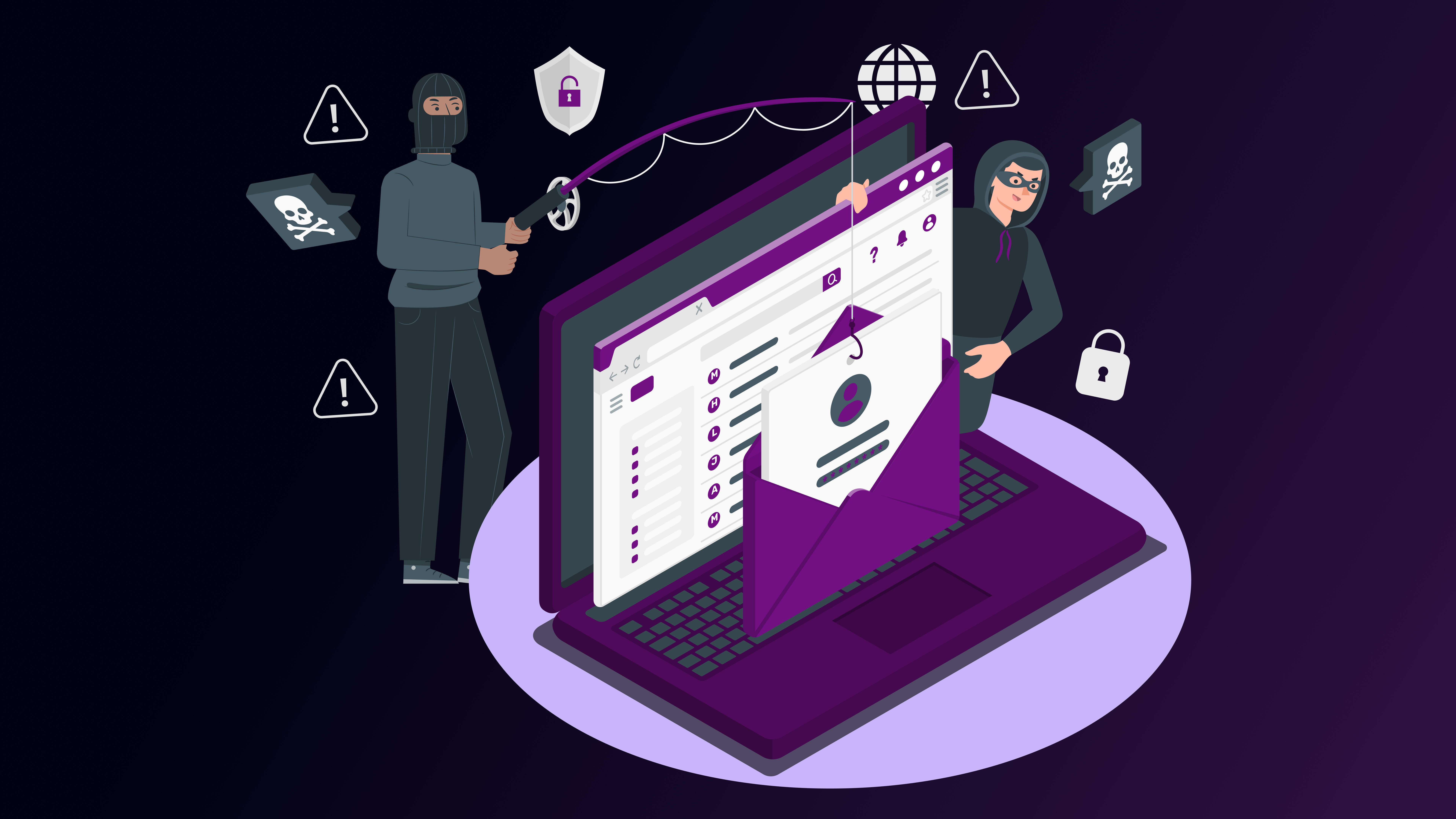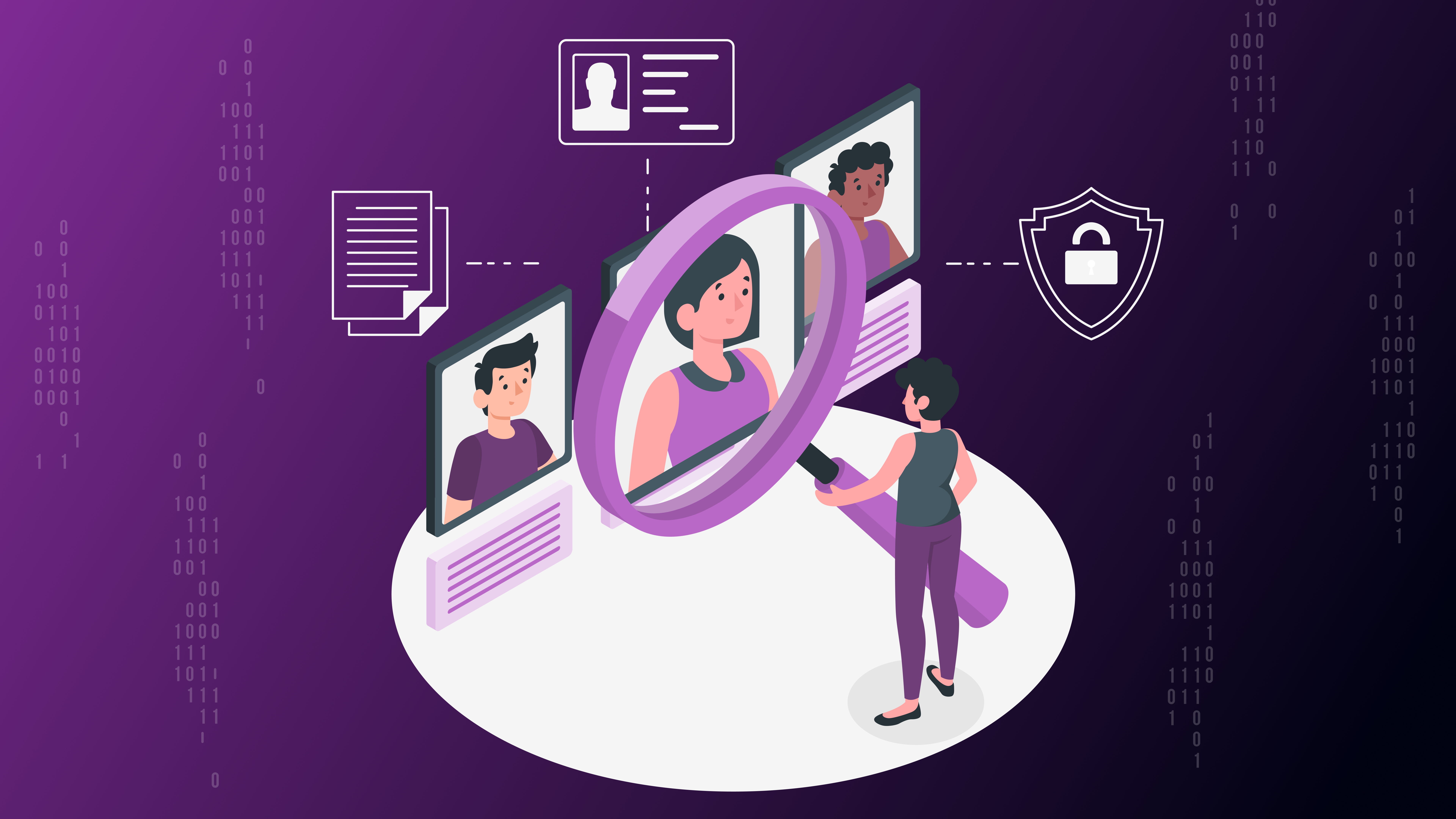Most business owners on LinkedIn follow the same playbook. They post content five days a week, comment diligently on others’ posts, use AI tools to generate visuals, and send cold outreach messages that sound optimistic but often fall flat.
They’re told that consistency is key, and that’s part of many LinkedIn lead generation tips that if you keep posting long enough, the leads will eventually show up. It’s the kind of advice that feels actionable and simple but ultimately misses the point.
Posting content is important. So, it shows up regularly. But if you’re not clear on who you’re talking to, what they care about, or why they should pay attention to you in the first place then all you’re doing is getting seen once in a while without strategy. This wouldn’t help you figure out how to effectively use LinkedIn for lead generation.
And that’s the problem. Too many LinkedIn strategies are built around activity, not audience. They rely on surface-level tactics borrowed from influencer culture, rather than rooted in real buyer psychology or business positioning.
The truth is that a strong LinkedIn lead generation strategy doesn’t start with content. It starts with analyzing what works and what doesn’t. Who exactly are you trying to reach? What problems are they facing right now? What kind of language do they use when they talk about those problems? And how do you want to be positioned in that conversation?
This blog unpacks why so many business owners, despite their best efforts, fail to generate leads on LinkedIn. It also outlines how to fix it: through sharper audience segmentation, smarter content planning, optimized profiles, and outreach that’s designed to start real conversations, not deliver canned sales pitches.
It’s also where Digi-tx comes in. From building your target audience segments to crafting content that speaks to their needs, from optimizing your LinkedIn presence to running a comprehensive LinkedIn lead generation strategy. We’ve helped cybersecurity and B2B businesses use LinkedIn the way it was meant to be used: not for vanity metrics, but for revenue.
Now that we understand why posting regularly without a clear strategy leaves you stuck, let’s dive deeper into the key elements that will enable you to efficiently use LinkedIn for lead generation.
Reasons why your LinkedIn pipeline will remain dry
LinkedIn content is tough, but it is even tougher to figure out the most effective way to use LinkedIn for lead generation. Frankly, many entrepreneurs want to use LinkedIn for lead generation, but they fail to understand the nuances of what they could be doing wrong. So let’s get down to the things that you should keep in mind for doing LinkedIn better.

The False Comfort of Consistency
Posting regularly on LinkedIn feels productive. You show up daily, follow advice, share content, and engage. But the leads didn’t come.
Why? Because visibility without relevance doesn’t create opportunities.
You might earn impressions or likes, but if the right people aren’t seeing the right message, you’re not building pipelines; you’re just broadcasting into the void.
Many B2B founders treat LinkedIn as a publishing platform, not a business tool. They rely on frequency, not clarity. But unless your content speaks directly to your buyer’s problems, questions, or risks, it won’t convert.
Posting without strategy is noise.
Lead generation starts when you define your audience, understand what they care about, and publish with intent, not just presence.
But recognizing that consistency alone won’t get you leads is just the beginning. The bigger problem lies in a deeper blindspot knowing who exactly you’re talking to.
Without a clear understanding of your ideal customer, even the most frequent posts miss the mark. Let’s dive into why the audience blindspot is one of the biggest reasons your LinkedIn efforts fall flat.
The Audience Blindspot
Most business owners post on LinkedIn without knowing exactly who they’re speaking to. They create content for a broad “professional” audience, not a clearly defined buyer.
This lack of segmentation turns strategy into guesswork.
The result: content that’s too general to be useful and too vague to convert.
When you don’t define your ideal customer, their role, priorities, pain points, and context, you end up creating posts that speak to no one in particular. It might earn likes from peers or friends, but it won’t attract decision-makers or generate qualified leads.
A 2024 HubSpot report noted that 70% of marketers say targeting the right audience is crucial for campaign success, yet many still fail to tailor their messaging accordingly.
Without audience clarity, content loses its impact.
Engagement drops. Conversions stall. And LinkedIn becomes a content treadmill — active, but directionless.
Understanding exactly who you’re speaking to is crucial — but it’s only half the way through the battle. Even when your audience is clear, your LinkedIn profile can still undermine your efforts if it doesn’t inspire trust or guide visitors toward taking action.
Let’s explore why your profile might be leaking trust and costing you leads.
Your Profile Doesn’t Reflect Trust
Even with great content, your LinkedIn profile can quietly block conversions.
For most visitors, the profile is the first real touchpoint. It’s where content curiosity turns into intent or drops off completely. Yet, many business owners treat it like a résumé or a bio page. It lists achievements, talks about “years of experience,” and highlights what they’ve done, not what the prospect can expect.
This self-focused framing undermines trust. Buyers aren’t visiting your profile to learn about your journey. They’re trying to answer one question: Can this person or company solve my problem?
When your headline is vague, you’re About section is jargon-filled, and your featured section is empty or outdated, it signals misalignment or worse, neglect. That hesitation, even if brief, breaks the lead flow.
Perception creates permission. If your profile doesn’t clearly reflect who you help, how you help them, and why they should trust you, you lose permission to sell.
At Digi-tx, we often start by rewriting profiles. Not to flatter, but to align making sure what’s written builds trust at first glance and guides visitors toward action. Because even the best content can’t be converted if your profile isn’t ready to receive.
Even with the right audience and a polished profile, there’s one more place where momentum often breaks down your content. If it doesn’t lead your reader anywhere, it’s just noise.
Content That Doesn’t Lead Anywhere
Many business owners invest time in creating thought leadership content, aiming to establish authority and engage their audience. While such content can enhance visibility and credibility, it often falls short of converting readers into leads.
The missing link is a strategic pathway that guides the audience from awareness to a clear next step.
Content that lacks a defined direction may educate or entertain, but doesn’t necessarily drive action. Without aligning content with the specific needs and decision-making stages of your target audience, you risk creating a disconnect that stalls lead generation efforts.
To bridge this gap, it’s essential to reverse-engineer your content strategy. This involves understanding your ideal customer’s challenges, questions, and decision criteria, then crafting content that addresses these elements and points toward your solutions.
By doing so, you create a content journey that not only informs but also motivates and directs your audience toward engagement with your offerings.
So that’s why we specialize in developing content strategies that move readers from passive consumption to active interest. By focusing on buyer-centric content creation, we help businesses transform their thought leadership into a powerful tool for lead generation, ensuring that every piece of content serves a purpose in the customer journey.
Because content that doesn’t lead anywhere won’t bring anyone to you.
But even the best content can fall flat if the outreach that follows feels disconnected. That brings us to the next problem: how most business owners are getting outreach completely wrong.
The Wrong Kind of Outreach
Most LinkedIn outreach fails because it skips context and jumps straight to the pitch.
Founders and SDRs send the same cold templates “Would love to explore synergies” or “Can we hop on a quick call this week?” Without knowing who they’re talking to, what the recipient cares about, or whether there’s any relevance.
It’s not just that these messages are generic. It’s that they feel earned too soon. No trust, no relationship, and no context, just a request.
The problem isn’t outreach itself. It’s how disconnected it is from everything else you’re doing. When someone receives a message from you but hasn’t seen your content, doesn’t recognize your name, and isn’t clear why the message matters, it reads like spam, not a conversation starter.
Effective outreach is the opposite. It’s built on timing, mutual relevance, and awareness. It references shared context, a comment, a post, a pain point, and it signals that you’ve done your homework.
So, we design outreach systems that begin with content. First, we make sure your prospects are seeing you show up with clarity and value. Then, we craft messages that pick up where your content left off continuing the conversation, not starting from zero.
It’s not outreach that people ignore. It’s a bad outreach. When context leads and trust is earned, outreach becomes welcome, and it gets replies.
When your content, profile, and outreach finally align, the lead generation stops feeling random and starts working like a system. So, what does a high-performing LinkedIn lead gen system actually look like?
What Real LinkedIn Lead Gen Looks Like?
Lead generation on LinkedIn isn’t a single tactic, it’s a system.
One post, one outreach message, or one profile update won’t move the needle alone. What drives real results is when these elements work together, end to end.
It starts with audience mapping and segmentation. If you don’t know exactly who you’re trying to reach by industry, role, pain point, and buying readiness you’ll default to creating generic content and messaging. Precise targeting makes everything downstream more effective.
Next is profile optimization. Your profile is not your generic profile it’s your digital business card. It should immediately signal who you help, how, and why someone should trust you. If your content brings people in, your profile keeps them there.
Then comes demand-focused content, posted consistently but not blindly. This is content that reflects what your audience is already thinking about business risks, missed goals, operational inefficiencies and ties it back to your offer. This builds credibility and creates warm visibility.
Smart engagement follows. This means showing up in conversations where your buyers are active commenting with insight, not fluff. It keeps you visible and builds familiarity over time.
When outreach does happen, it should be personalized and content aware. The best outreach picks up where your posts are left off referencing mutual context and offering relevance, not pushing for a call. According to HubSpot, personalized outreach increases conversion rates by over 202% compared to generic messaging.
Finally, when replies happen, lead qualification and CRM hand-off must be ready. Not every response is a lead. Having a simple way to qualify interest, route the right prospects, and track follow-ups ensures you don’t just generate attention — you generate pipeline.
At Digi-tx, we don’t just create posts or run campaigns. We build and run this entire system for cybersecurity and B2B brands. From audience research to CRM integration, we ensure that every part of your LinkedIn presence is designed to generate qualified opportunities — not just activity.
Because the real lead generation isn’t about doing more. It’s about making every part of your presence work toward the same goal.
Now that you understand what a real LinkedIn lead generation system looks like, here’s how Digi-tx partners with B2B cybersecurity and tech businesses to build and run this system for lasting results?
How Digi-tx Builds LinkedIn Systems That Drive Real Revenue?
Most agencies focus on content management. Some offer outreach. A few helps with profile tweaks. But very few deliver a complete, accountable system that ties every activity to pipeline and revenue.
Digi-tx is not a content agency. It’s a LinkedIn growth partner.
We work with B2B and cybersecurity companies to build and manage the entire LinkedIn lead generation engine from strategy to execution to conversion. What makes our approach different isn’t just what we do, but how we think: every step is mapped to revenue, not vanity.
We start with strategic planning not just “posting ideas,” but detailed audience segmentation, ICP research, and messaging frameworks designed around real business goals. We identify who your buyers are, what keeps them from converting, and what they need to hear before they say yes.
Then we execute. Our team handles content research, writing, and scheduling, ensuring every post speaks to buyer intent and builds commercial trust, not just thought leadership. No fluff. No generic advice. Every piece fit into a larger narrative tied to your offer.
We also manage personalized outreach, using content within the context. We don’t send mass templates. We build lead-in messages based on your voice, your target segments, and your content footprint, so every cold message feels warm.
Finally, we support conversion workflows from inbound qualification to CRM handoff. Whether it’s through automated follow-ups or manual handshakes, we ensure the people engaging with you are routed into clear, trackable sales conversations.
This all-in-one approach matters. Because without it, things would break down. You might have great content but no follow-up. Good outreach but a weak profile. High engagement but no conversions. At Digi-tx, we tie it all together into a repeatable system that creates leads, moves deals, and drives growth.
We’re not just here to make you visible. We’re here to make your visibility convert.
Ready to turn visibility into real results?
Book an intro call with us today to build a system that drives leads, conversions, and growth.





